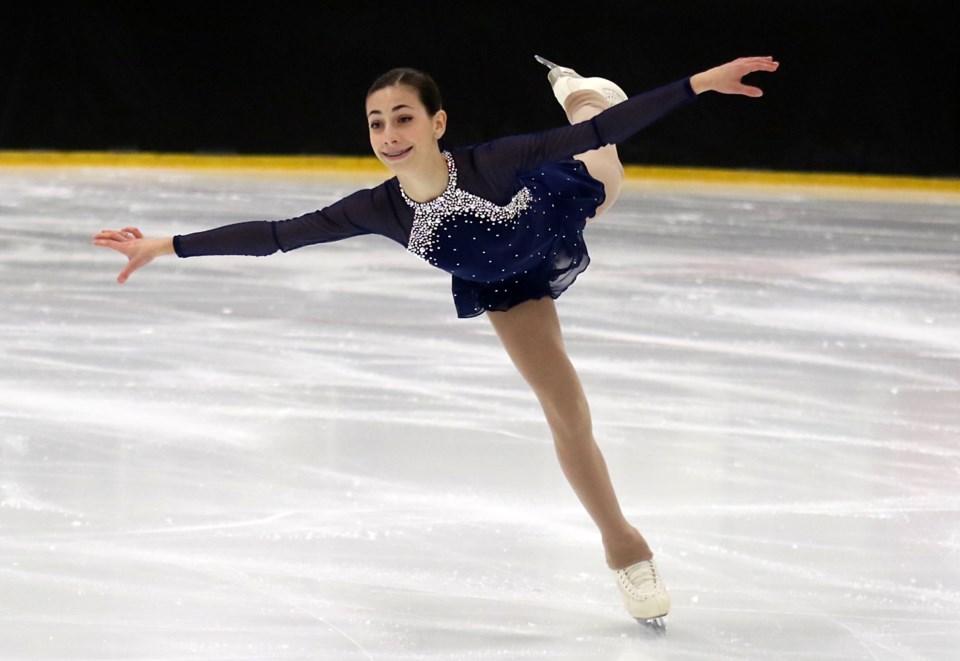THUNDER BAY — As the city considers hefty increases to its ice rental rates, user groups are urging leaders to phase in any increases gradually, warning a jump in costs could endanger access for lower-income skaters in sports from hockey and ringette to figure skating.
The possibility of hiking ice rental fees by up to 24 per cent in 2024 is raised in a report that will be presented to city council on Monday.
The fee increases have been presented as an alternative to closing the Neebing Memorial Arena, one controversial option city council has considered in a bid to cut $1.5 million in yearly spending.
The arena closure has been withdrawn at least for the coming winter season, along with other proposed cuts that drew public pushback, like cancelling transit routes.
Closing the arena would bring an estimated $180,400 in yearly savings, while wiping out about 14 per cent of available ice time — a possibility that drew protests from local hockey groups.
As an alternative, staff estimate the city could raise the same amount by increasing ice rental fees across the arena system by 19 per cent.
The city report raised the possibility of a larger hike of 24 per cent, by adding that figure to a general increase of five per cent planned for most user fees next year.
That would translate to increases in the neighbourhood of $40 to $50 per hour for users, who currently pay between $167 and $212 per hour for ice.
While some user groups expressed understanding that fees may need to rise, they also shared concerns that such steep hikes could reduce groups’ ability to book ice, and force some lower-income participants out.
“I know the city needs to stop raising taxes as much as they can,” said Wayne Fortes, president of the Thunder Bay Minor Hockey Association, which supports between 500 and 600 young players.
"Not that we would like to see it, but I understand [raising fees] is something that may have to happen."
The group, which also receives external funding, would need to pass on at least part of the increases to participating families, he said
“If they’re going to increase them that much, then I’d like [it to be] over a timeline, not all at once,” he said. “Money’s tight for everybody right now.”
Rebecca Bourgeois, president of the Thunder Bay Figure Skating Club, agreed.
“It’ll put a lot of pressure on our group,” she said. “Figure skating already is costly as it is, so adding another 20 per cent… it’s going to hurt a lot of the low-income families we have participating.”
“I think they also need to consider their girls in sports initiative. They need to try to keep these young ladies in their sports.”
The club supports over 100 participants through its Learn to Skate, Special Olympics, and figure skating programs.
While participants who qualify for subsidy programs like P.R.O. Kids may not feel the impact directly, Bourgeois said higher fees would still need to be absorbed by the charity as well as the figure skating group.
“If they are going to raise fees, it definitely needs to be on a smaller scale, and gradually over time,” she said.
Asked if administration plans to include the full 24 per cent increase in its proposed 2024 budget, city manager Norm Gale said that will depend on feedback from council.
“Based on [council’s] 2024 budget directions we are planning a minimum five per cent increase to ice rental rates at this time, and will look forward to council… direction,” he wrote in an email.
In the report, city staff say consultations with all arena ice users in July show the groups strongly oppose closing the Neebing arena, saying there is already not enough ice time to meet demand.
Fully, 87 per cent of user groups say they’d accept paying higher fees, if it means keeping the arena open, but differed on how large an increase they could handle.
Over half of responding organizations said they’d be willing to pay up to 20 per cent more, while a large majority would be willing to pay five per cent more.
Users said large increases could drive down participation, and warned of “disproportionate impacts to smaller user groups including girl’s [and] women’s sport.”
Five per cent of respondents said they would no longer be able to participate in their activities if fees were increased by up to 20 per cent.
A quarter of user groups said they would book less ice time if fees increase by 15 to 20 per cent.
Staff have reported Thunder Bay’s ice rates are lower than many comparable municipalities.
While Fortes agreed that may be the case, Bourgeois isn’t convinced, saying a glance at fees in communities like Dryden, Sudbury, Sault Ste. Marie, and North Bay seem to indicate Thunder Bay’s fees are comparable to others of similar size.
Bourgeois also questioned the wisdom of reducing city spending by cutting investments in recreation.
“I’m sure there are other ways they can change their budget, if they tried. Taking away sports, closing arenas, in a city like Thunder Bay, hurts. It hurts everyone, because we have nothing here for our youth as it is. Trying to keep them occupied and off the streets is what they should be focusing on.”
A final decision on the size of the user fee increases won’t take place until early in the new year, when council finalizes the 2024 budget.
The city says it is also pursuing other strategies to generate additional revenue, such as selling arena naming rights.
